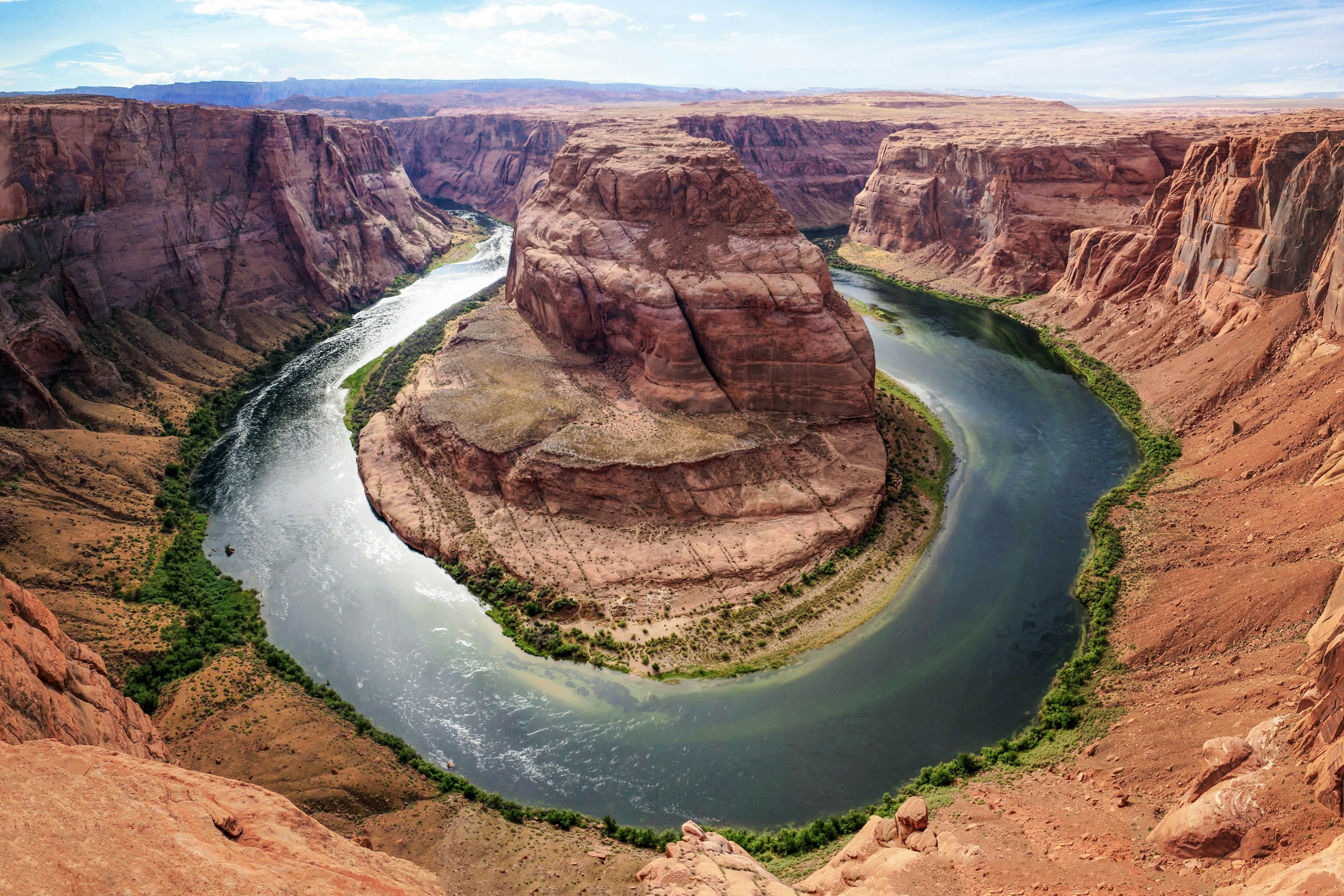Creating a more resilient Colorado River

The Colorado River system has long faced one fundamental problem: water use outstrips supply. This challenge has been exacerbated by drier conditions and increasing temperatures, threatening the security of cities, the agricultural economy and the environment.
EDF’s Western Water program is dedicated to helping make the Colorado River system more resilient, so it can serve the needs of people and wildlife well into the future.
Preparing for a drier climate
In Arizona, we are collaborating with all levels of government, tribal leaders, water users, businesses and philanthropic organizations to conserve water in Lake Mead, the largest reservoir in the United States, for the benefit of the Colorado River system.
As a participant in Arizona’s Drought Contingency Plan Steering Committee, EDF played a key role in helping to successfully negotiate an agreement with cities, farmers, tribes and other stakeholders to prevent water levels from falling to crisis levels in Lake Mead. This agreement in Arizona helped pave the way to finalizing a historic Drought Contingency Plan among the seven Colorado River Basin states, the U.S. Bureau of Reclamation and Mexico. The drought plan marks a new path toward more sustainable and collaborative water management in the Southwest.
Groundwater is also a critical resource in Arizona, supplying about 40 percent of the state’s annual water use. In rural communities, many of which rely solely on groundwater for their water supplies, we are supporting a local approach to developing sustainable groundwater management tools and programs. We are also helping farmers switch to more water-efficient crops to adapt to a drier climate and build a more resilient agricultural sector. We helped to create the Verde River Exchange, which enables water users to voluntarily offset their water use for the benefit of the river system.
EDF also created an online story map to foster a greater understanding of groundwater in the Colorado River Basin and foster more sustainable groundwater management, drawing from recent research.
Upper Basin funding and conservation
In Colorado, EDF helped push approval of the state’s Water Plan to improve urban conservation, expand flexibility in water management, encourage innovation in agriculture and establish strong criteria for any new water project.
However, there is still a major gap in funding for Colorado’s Water Plan. To start filling that gap, EDF is supporting Referendum DD, a measure on the state ballot in November to raise approximately $10 million a year for water projects through revenue from sports betting.
EDF is also working to develop flexible temporary water leases known as alternative transfer mechanisms to meet emerging water needs on the Front Range. These temporary leases also provide an alternative to permanent transfers of agricultural water rights through a practice called “buy and dry,” in which agriculture land is bought for its water rights.













